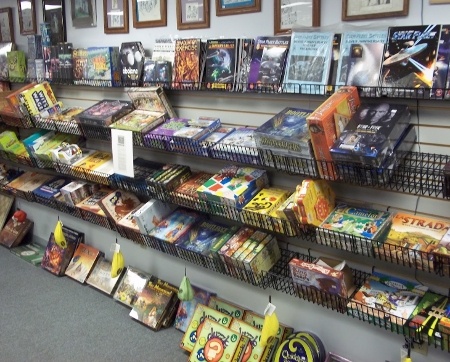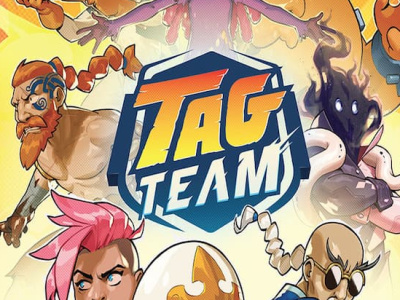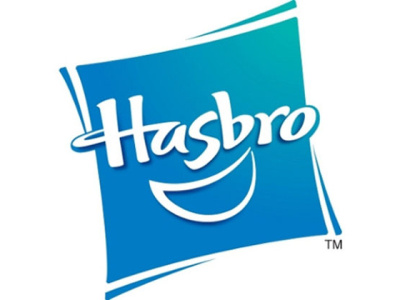Rolling for Initiative is a weekly column by Scott Thorne, PhD, owner of Castle Perilous Games & Books in Carbondale, Illinois and instructor in marketing at Southeast Missouri State University. This week, Thorne talks about why his store stocks, or doesn’t stock, games.
I run a game store. I sell games. I like games. I like to sell games. In order to sell games I have to stock games so that my customers can come and buy your game to take home and play it that night (or in many cases, unwrap it right here in the store and play it on one of our lovely gaming tables; no, it's not a Geek Chic table but it suffices). Publisher, I want to stock your game so that I have something to sell my customers. Granted, the 80/20 rule still comes into play here but not everyone wants Star Wars Miniatures or Coup or Pathfinder.
Customer demand is the number one reason we decide to bring a new game in or restock one we have sold. If customers ask for a game, especially if they ask for it repeatedly, we will make an effort to stock it (though some publishers make it really difficult to do this, Superfight, I'm looking at you). However, if there is little to no demand among our customers but the buzz about it among other retailers is good or, especially for boardgames, if it is trending hot on Board Game Geek (yes, retailers look at the Geek, too), we consider stocking it. But two things that publishers often do kill our interest in a game and, if done over and over, eventually our interest in their whole line.
1) Use Kickstarter over and over and over (and over). I know it is nice to have access to all of that crowdfunded money before the launch, but I always find myself wondering when I hear of a publisher launching yet another Kickstarter for yet another one of their games: "What happened to all the money raised in the last round of funding? Didn't you make enough of a profit on the last ones to be able to produce a product without needing to resort to crowdfunding?" Additionally, most Kickstarted projects have cool add-ons as enticements to get people to back it. These add-ons convince people to buy the game through the Kickstarter, for which I cannot fault them. However, that means fewer people buying the game through me, as the number of Kickstarted games that made their way through distribution and onto my shelves will attest.
2) Short-discount your product. Discounts (the difference between what a store pays for a product and what we sell it to the consumer) generally fall somewhere between 40% to 50% off the retail price when a store buys direct or through distribution. If the discount on your product falls below 40%, you have to make a very compelling case why stores should allocate scarce capital to bring in your game, rather than one that could do equally well, if not better, and generate more profit for the store. For that matter, why should I just not take that money and invest it in Magic or dice, which I know will sell and generate a profit, which helps keep my doors open?
Happily for me, and other retailers, the publishers who produce the products that are most stores’ bread and butter (Wizards of the Coast, Paizo Publishing, Games Workshop, Fantasy Flight Games, etc.) don’t do these two things. It’s generally the smaller press companies and they are the one we have to look at most closely when determining if we want to allocate scarce resources to them.
The opinions expressed in this column are solely those of the writer, and do not necessarily reflect the views of the editorial staff of ICv2.com.

Column by Scott Thorne
Posted by Scott Thorne on April 20, 2015 @ 12:32 am CT
MORE GAMES
New Arcade-inspired Fighting Game by Scorpion Masque
July 1, 2025
Hachette Boardgames announced Tag Team , a new arcade-inspired fighting game by Scorpion Masque.
New 'Battleship,' 'Monopoly,' and 'Yahtzee' Casino Games Launch Next Year
July 1, 2025
Hasbro has inked deals with new casino licensing partners, the company announced.
MORE COLUMNS
Column by Rob Salkowitz
June 30, 2025
Columnist Rob Salkowitz talks to a mid-sized publisher who told him we are at "DEFCON 2, if not DEFCON1."
Column by Scott Thorne
June 30, 2025
This week, columnist Scott Thorne discusses sales on the Final Fantasy set and his experience with Games Workshop's policies on breaking release dates.








